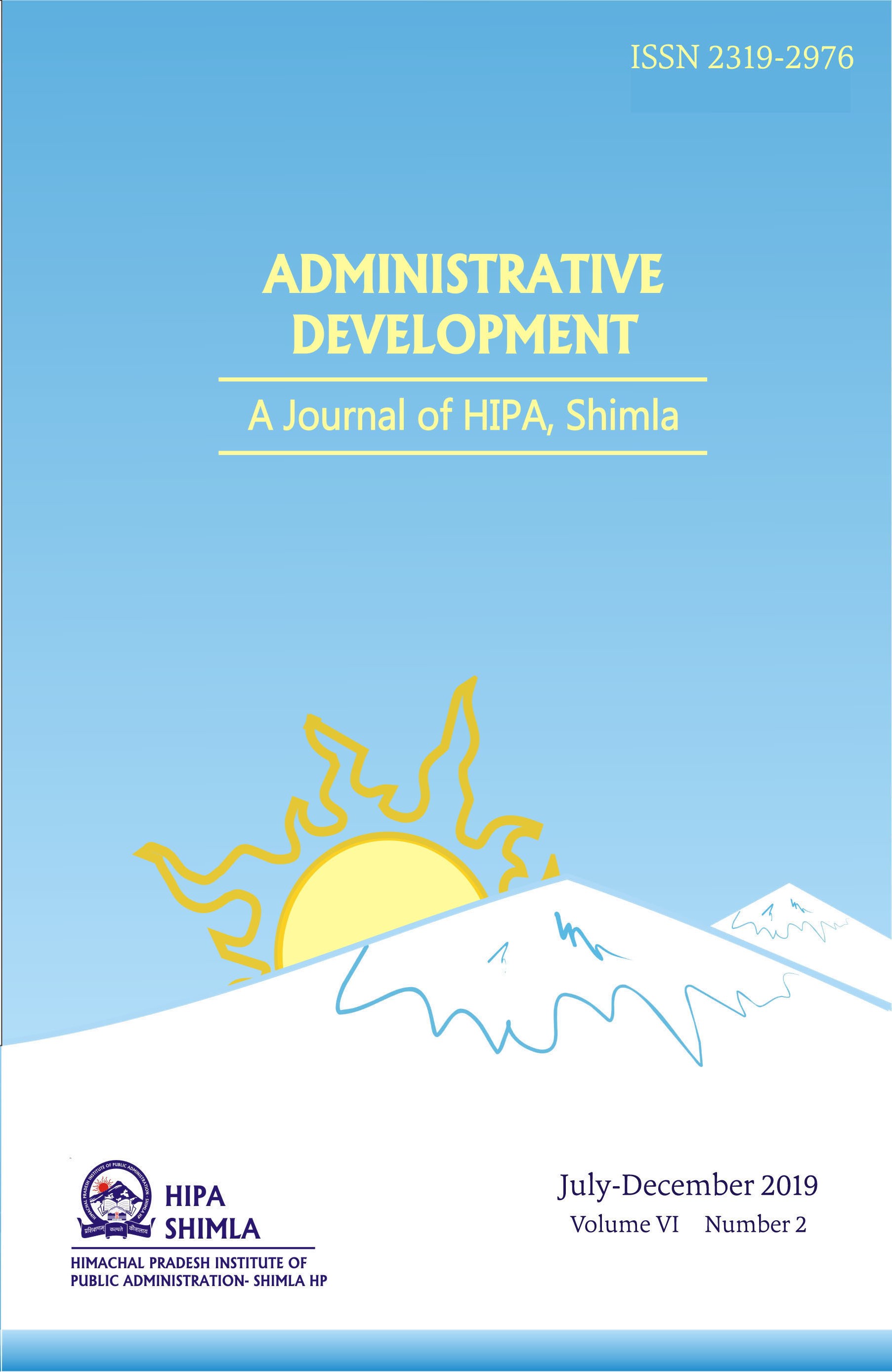IMPACT OF CLIMATIC VARIABILITY ON FRUIT CROPS IN HIMACHAL PRADESH
Keywords:
Climate Change, Himalayan, Himachal Pradesh, Fruit Crops, Impact, AdaptAbstract
Climate is the long-term average weather. Climate change is a change of climate over comparable period of time that is attributed directly or indirectly to human activity that alters the composition of the global atmosphere. The global mean temperature of the earth’s surface has increased by about 0.74°C over last hundred years. According to IPCC report it has been projected that; there is a probability of 10–40 % loss in crop production in India by 2080-2100 due to global warming. Himalayan ecosystem is predominantly sensitive to climate change. Himachal being a Himalayan state is nevertheless playing a major role in sustaining livelihood of many people. In Himachal Pradesh, evidences of global warming could be clearly deciphered by changes like receding snowfall, retreating glaciers and shifting of temperate fruit belt upward (upto 30km), adversely affecting productivity of many temperate crops, shifting and shortening of rabi season, forward and disrupted rainfall pattern. Twenty years ago snowfall was regular phenomenon in hills of Himachal Pradesh but in the last 20 years, only 2-3 instances of snowfall have been recorded. The incidence of pest and diseases with varying fruit crops (papaya, mango or apple) has been observed. It has been recorded that the average maximum temperature rose by 0.58oC from the year of 1963 to 2007, whereas, the average minimum temperature rose by 2.75°C. So, possible measures should be taken to adapt and mitigate with the changing climate of the state.

Downloads
Published
How to Cite
Issue
Section
License
Upon acceptance of an article, authors will be asked to complete a 'Journal Publishing Agreement'. An e-mail will be sent to the corresponding author confirming receipt of the manuscript together with a 'Journal Publishing Agreement' form or a link to the online version of this agreement.
Subscribers may reproduce tables of contents or prepare lists of articles including abstracts for internal circulation within their institutions. Permission of the Publisher is required for resale or distribution outside the institution and for all other derivative works, including compilations and translations. If excerpts from other copyrighted works are included, the author(s) must obtain written permission from the copyright owners and credit the source(s) in the article. As a general rule, permission should be sought from the rights holder to reproduce any substantial part of a copyrighted work. This includes any text, illustrations, charts, tables, photographs, or other material from previously published sources.
This journal permits and encourages authors to post items submitted to the journal on personal websites or institutional repositories both prior to and after publication, while providing bibliographic details that credit, if applicable, its publication in this journal.
